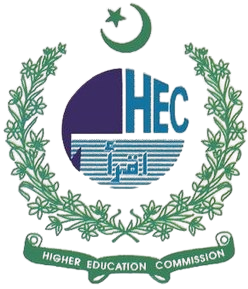AN ANALYTICAL STUDY OF HYPERREALITY AND ENVIRONMENT IN MOHSIN HAMID’S MOTH SMOKE
DOI:
https://doi.org/10.63878/jalt1026Abstract
In this study, the novel Moth Smoke (2000) by Mohsin Hamid is critically analyzed by explicating through the theoretical framework of postmodernism that focuses on the Je Baudrillard concept of hyperreality and simulacrum. The paper investigates the range of socio-cultural landscapes in postcolonial Pakistan crafted, deformed and disoriented by hypermediated realities that cause identity crises, moral fragmentation as well as psychological volatility. It is qualitative, descriptive, and analytical study based not only on the analysis of how the characters in Moth Smoke, particularly Daru, Ozi and Mumtaz, made the shift in the world where reality ceased to be linked to reality but rather to simulated desire, re-presentations of the media and capitalistic consumerism. It is in this research that Hamid creates a hyperreal Lahore, in which people are gauged by their affluence, authority, and status in life based on signifiers such as luxury cars, air conditioners, and branded lifeways. The paper also looks at the gender roles as depicted in the novel, corruption of the familial as well as the religious ideals as well as moral perverseness brought by too much emphasis on materialism and the media. The research can trace the downward trend of Daru psychologically and morally by following the four stages of simulation as identified by Baudrillard, to reveal how much hyperreality can destroy individual lives, as well as society. Finally, this paper has made a contribution towards postmodern literary criticism since it has established the relevance of Moth Smoke as an effective metaphor in portraying the current condition of culture, characterized by simulated spaces that trounce reality, humanity and ethical living.
Downloads
Published
Issue
Section
License

This work is licensed under a Creative Commons Attribution-NonCommercial-NoDerivatives 4.0 International License.


